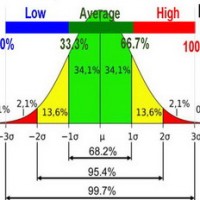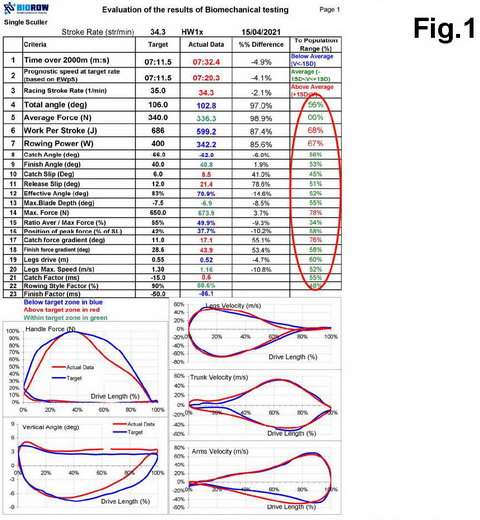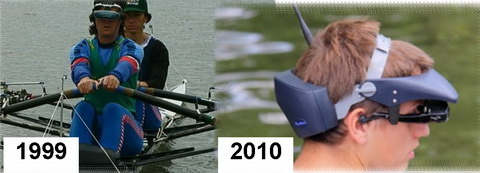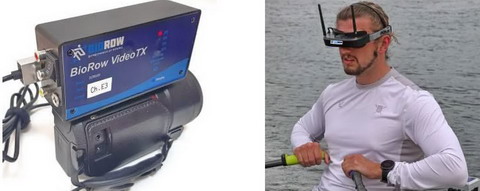New BioRow developments

New BioRow method of data evaluation
A new template of biomechanical data evaluation has been developed for BioRow biomechanical measurements reports (Fig.1). In addition to comparison with Gold Standard Targets, there is now a statistical evaluation of each important indicator based on its group average and standard deviation (╬╝┬▒Žā), which were obtained from the BioRow database (n>40k) for each boat type. As the measurements were taken from all rowersŌĆÖ levels, from beginners to Olympic champions, the data ranges were quite wide.

Using the normal distribution law (Fig.2), the evaluation was made based on assumption that 99.8% of data points lies within range ╬╝┬▒3Žā. This range was taken as 100%, so 0%=╬╝-3Žā and 100%=╬╝+3Žā. The whole range was split into three colour-coded grades: Low (blue, lower than ╬╝-1Žā), Average (green, from ╬╝-1Žā to ╬╝+1Žā), and High (red, higher than ╬╝+1Žā). Therefore, the Average grade includes 68.2% of all measurements, Low and High grades ŌĆō the remaining 31.8% (15.9% each).

This statistical evaluation would help our clients to see where they are relative to the wider rowing population, as opposed to Gold Standards which define perspective of development and can sometimes be quite difficult to reach. Interpretation of the evaluation grades depends on the indicator type: for some (force, power), the higher ŌĆō the better, for others (blade slip, force gradients), lower values are preferable, and for most variables (angles, Rowing Factors, etc.) the value is optimised at specific Gold Standard level.
New BioRow VIFS (video goggles)
Our first Visual Immediate Feedback System (VIFS) for rowing was developed in 1999 and was recognised by rowers and coaches as the most effective tool for technique improvement, because rowers can see in a real time what they are doing in a boat and can correct details of their technique from stroke to stroke.

The latest version of our BioRow VIFS is based on a head-mounted displays (FPV goggles) with inbuilt video receivers, which are commonly used now for drone operation. To connect the goggles to a video camera, we have made a video transmitter ŌĆ£Video TXŌĆØ, which can take HDMI or analogue (3 pins) signal from the camera and send it to the goggles.

BioRow VIFS can be used in the following way. A cameraman (e.g. coach in a launch) connects the video output from his camera to the BioRow Video TX, which can be mounted on top of the camera. The rower turns the goggles ON, put them on their head and starts rowing. A coach can take various positions relative to the rower and focus camera on various aspects of rowing technique (body segments sequence, blade work, synchronisation in a crew, etc.). Rowers can see themselves, listen to the coachŌĆÖs comments and improve their technique immediately. In a crew boat, the goggles can be used by each rower one-by-one, passing them through the boat, or several goggles can be used if they are set to receive the same video-channel (can be selected on Video TX and in the goggles). This makes our BioRow VIFS a very powerful tool for rowing technique development.
You can order BioRow VIFS as a whole set with goggles supplied, or purchase Video TX only and use a different set of compatible goggles. Please have a look on BioRow Web site for more details:
http://biorow.com/products/biorow_feedback/
┬®2021 Dr. Valery Kleshnev www.biorow.com



